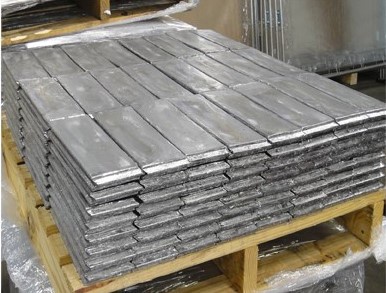Designing effective nuclear radiation shielding poses several challenges. Here are some of the key challenges faced in this field:
-
Determining Shielding Requirements: The first challenge is to accurately determine the shielding requirements for a given application. This involves understanding the type and energy of radiation emitted by the radiation source, as well as the desired level of radiation reduction. Shielding requirements may vary depending on the specific application, such as nuclear power plants, medical facilities, or industrial settings.
-
Radiation Attenuation: Shielding materials should have the ability to attenuate or absorb radiation effectively. Different types of radiation, such as alpha particles, beta particles, gamma rays, and neutrons, require different shielding approaches. Designers need to consider the energy range of radiation and select appropriate materials and thicknesses to achieve the desired level of attenuation.
-
Material Selection: Choosing suitable shielding materials is crucial. Factors to consider include the type and energy of radiation, material density, availability, cost, structural considerations, and potential interactions with radiation. Some common shielding materials include lead, concrete, steel, borated polyethylene, water, and various composites.
-
Shielding Effectiveness: Ensuring the effectiveness of shielding materials is a challenge. Shielding designs must be capable of reducing radiation levels to an acceptable level, considering both direct and secondary radiation. Secondary radiation can be generated by interactions between radiation and shielding materials, leading to the production of scattered or secondary radiation that can pose additional risks.
-
Weight and Space Constraints: Shielding design should consider weight and space constraints, especially in mobile applications such as nuclear medicine or radiation therapy. The shielding material should be dense enough to provide adequate protection but light enough to minimize the overall weight of the system. Space constraints may also limit the thickness or size of shielding components.
-
Durability and Longevity: Shielding materials should maintain their effectiveness over time. Radiation can cause degradation, structural changes, or activation of shielding materials, reducing their shielding capability. Designers need to consider the long-term durability and stability of shielding materials under radiation exposure.
-
Cost and Practicality: Designing effective shielding while considering cost and practicality is important. Some shielding materials, such as lead, can be expensive and pose environmental concerns. Balancing cost, effectiveness, and practical implementation is a significant challenge in shielding design.
-
Regulatory Compliance: Compliance with radiation safety regulations and guidelines is crucial in shielding design. Different countries and industries have specific regulations regarding radiation protection. Designers must ensure that shielding designs meet the necessary standards and regulations applicable to their specific application.
Addressing these challenges requires a multidisciplinary approach involving radiation physics, material science, engineering, and safety regulations. Advancements in computational modeling and simulation techniques are helping designers optimize shielding designs and evaluate their performance before physical implementation.


No comments yet